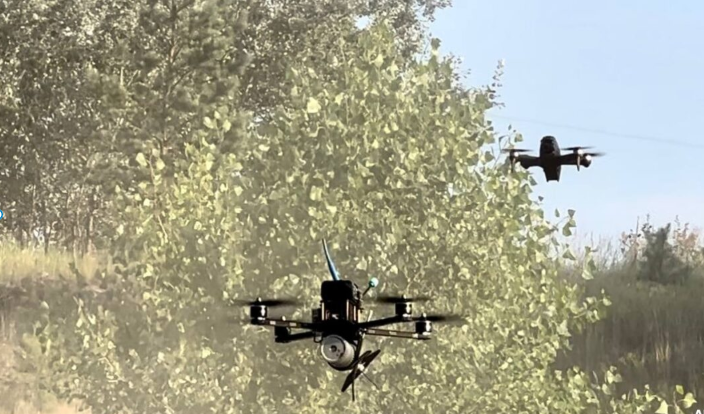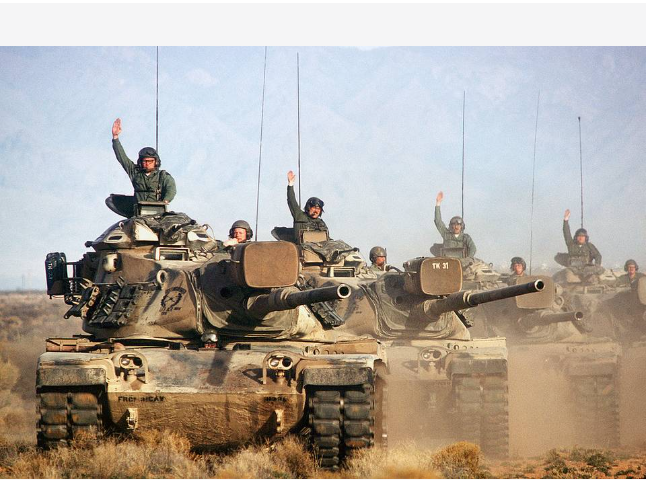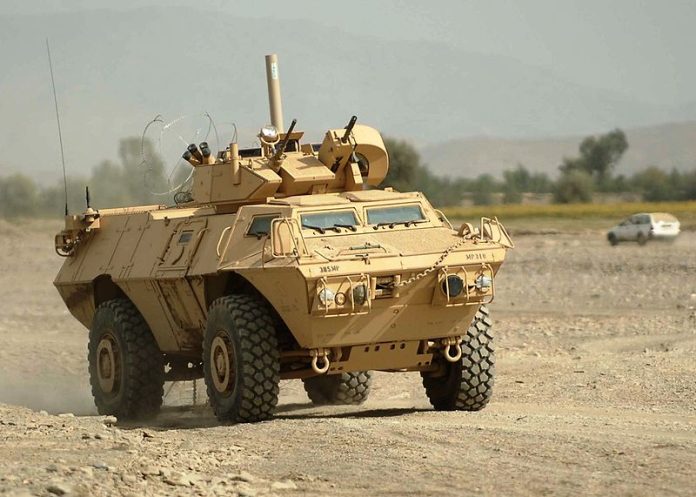
It was a strike that cost Russia millions in minutes. On September 19, Ukrainian drone operators from the 225th Separate Assault Regiment’s ‘Pentagon’ battalion released footage showing two Russian T‑72 tanks together worth about $6 million being hunted down and disabled. The attacks underscored a reality that has been reshaping the war: small, agile, and inexpensive drones are eroding the battlefield dominance of heavy armor.
In the last three years, Ukraine’s drone capabilities have matured from makeshift units to a core component of its defense, combining frontline improvisation and quick technological adaptation. From fiber-optic control systems to AI-assisted attacks, these technologies are transforming the way tanks are fought and often killed long before they can arrive on the front. Below are seven essential takeaways about how Ukraine’s drone war is disassembling Russia’s armored superiority.

1. Highly Accurate FPV Strikes on High-Value Tanks
The Sept. 19 mission started with reconnaissance drones following a Russian T-72BV along a dirt road into cover made partially of trees. A moment later, a first-person-view (FPV) attack drone closed in, striking the tank just short of the treeline and setting its ammo ablaze. The Pentagon battalion estimated the destroyed vehicle at $2.2 million. Days afterward, they struck a newer T‑72B3M, estimated at $3.8 million, targeting its gun and engine after spotting it low on ammunition. Although video evidence of complete destruction was unclear, the video indicated the tank had been disabled.
Defense Express referred to the incidents as “yet another demonstration of how inexpensive, quick, and small FPV drones are transforming the battlefield against armor.” These events point to a change: tanks, which were the tip of the spear of Russian advances, are now scarce and exposed assets in 2025.

2. Attacking Weak Points Rather than Ammunition Capacities
Veteran Ukrainian drone crews have learned that the quickest path to tank destruction is to attack its ammunition storage. But when a target is dwindling, operators improvise. During the T‑72B3M strike, the Pentagon battalion targeted the gun and engine vital systems that can take out a tank even if they don’t blow up its ammunition. It’s a tactic that demonstrates a increased focus on precision rather than raw explosive power, so even inflicted partial damage can take out armored enemies from the battlefield.

3. Fiber‑Optic Drones Defying Electronic Warfare

Russia’s summer 2024 deployment of fiber-optic drones provided it with an advantage in disputed airspace. They are still connected to operators through ultra-thin cable, which protects them from jamming. Ukrainian commander Yurih “Achilles” Fedorenko explained that “most of the crucial components like fiber-optic spools originally come from China,” which had supplied Russia nine-to-one compared to Ukraine. Kyiv has begun to ramp up production to catch up within six months.
For tank crewmen, fiber‑optic drones are a nightmare: they can only be halted with direct fire, and their control link is stable even in heavy electronic warfare environments.

4. AI‑Guided Strikes for Moving Targets
Semi‑autonomous navigation systems are becoming the norm with top Ukrainian FPV crews. Drones can hold on targets or moving vehicles, then go autonomous in case the signal from the operator is lost. Ukrainian drones now descend upon targets after flying at altitudes where control signals are most powerful, explained Fedorenko. Thousands of AI‑equipped kits are being shipped in, with the promise of more predictable hits on tanks repositioning behind cover or in urban areas.

5. Logistics Robots Aiding Anti‑Armor Operations
Land robots such as the Targan 2K which can transport a soldier or heavy loads more than 9 miles liberate human crews from perilous resupply and evacuation missions. By maintaining drone crews resupplied with ammunition and spare parts, these unmanned ground vehicles (UGVs) maintain high‑tempo anti‑armor assaults. Brigades have utilized UGVs for mine‑laying in a number of instances, creating kill zones that funnel tanks into ambushes.

6. Lessons from FPV Limitations
All FPV missions are not successful. According to former Ukrainian operator Jakub Jajcay, only 20–30% of sorties find intended targets if aborted missions because of weather, technical issues, or jamming are included. Most FPV strikes are “second taps” on partially damaged targets by mortars or reusable drones. Technical challenges from battery failures to analog signal jamming are still the norm. Such realities serve to moderate expectations and emphasize the necessity for diversified anti‑armor tactics.

7. Tanks Losing Combat Power, Not Relevance
Fedorenko warns against proclaiming tanks to be obsolete. During recent Kupiansk attacks, Russian armored columns did not make it to the front line, having been destroyed on the way by drones. But he believes that if Ukraine is able to blind adversary UAVs, jam radar, and overload air defenses, armored vehicles such as the Bradley might once again be game-changers. The takeaway for NATO analysts is clear: unmanned platforms can deprive armor of its fighting capability, but combined-arms integration is still essential.

Ukraine’s destruction of two Russian tanks in a matter of days was more than a tactical victory it was a snapshot of a larger transformation. Drones, whether radio-controlled FPVs, fiber-optic models, or AI-guided systems, are transforming the way armored warfare is fought. But as commanders and operators will admit, those systems are best used in conjunction with artillery, infantry, and combined-arms doctrine. To defense strategists and the planners of the military, the message is clear: in contemporary war, integration, adaptability, and agility are as important as the technology.


